2.1 Fundamental vs Realised Niches
 Introducing the Niche
Introducing the Niche
To introduce the niche I start with a quick overview of some key definitions, especially abiotic and biotic factors then give a schematic of the niche that I've devised. We then watch two videos, one on the resource partitioning between herbivores in Mozambique and then experimental ecology of anoles in the Caribbean. Students then use the resources provided here to produce a graphic summary of an example of when a fundamental niche becomes a realised niche.
Try this 2.1 Fundamental vs Realised Niche Concept
Significant Idea:
A species interacts with its abiotic and biotic environments, and its niche is described by these interactions.
Recommended Teaching Time (not including practicals): 1 hour
From the Guide (IB ESS Guide 2015):
A species is a group of organisms that share common characteristics and that interbreed to produce fertile offspring.
A habitat is the environment in which a species normally lives.
A niche describes the particular set of abiotic and biotic conditions and resources to which an organism or population responds.
The fundamental niche describes the full range of conditions and resources in which a species could survive and reproduce. The realized niche describes the actual conditions and resources in which a species exists due to biotic interactions.
The non-living, physical factors that influence the organisms and ecosystem
such as temperature, sunlight, pH, salinity, and precipitation - are termed abiotic factors.
Interpret graphical representations or models of factors that affect an organism’s niche. (Application and Skills)
Note: It is useful to be aware that for some organisms, habitats can change over time as a result of migration
Student Tasks and Teaching Strategies
These are the activities available on this page.
Introducing the Niche Presentation
Introducing the Niche Presentation
Supporting Videos from HHMI
Video 1:Niche Partitioning and Species Coexistence HHMI with Prof. Rob Pringle of Princeton University
Video 2: The Phylogentic Tree of Anole Lizards HHMI with Prof. Sean Carroll and Prof. Jonathan Losos
Student Task on Resource Partitioning and the Realised Niche - Exploring the Niche
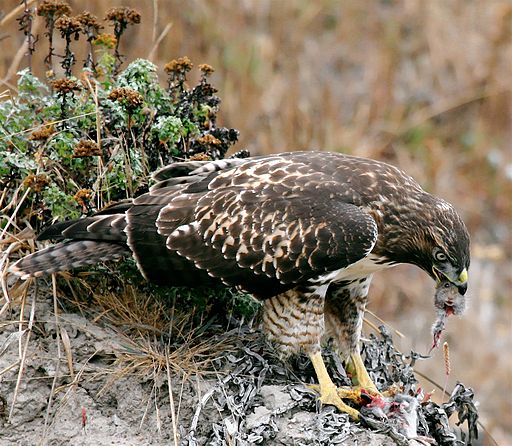
Ecology:
The study of interactions among and between organisms in their abiotic environment.

Abiotic Factors:
The non-living, physical factors that influence the organisms and ecosystem — such as temperature, sunlight, pH, salinity, and precipitation.
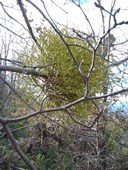
Biotic Factors:
The interactions between the organisms—such as predation, herbivory, parasitism, mutualism, disease, and competition.
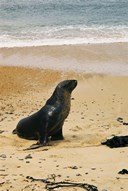
Species:
A species is a group of organisms that share common characteristics and that interbreed to produce fertile offspring.
 Habitat:
Habitat:
A habitat is the environment in which a species normally lives.

Niche:
A niche describes the particular set of abiotic and biotic conditions and resources to which an organism or population responds.
Fundamental vs Realised Niche
 The fundamental niche describes the full range of conditions and resources in which a species could survive and reproduce.
The fundamental niche describes the full range of conditions and resources in which a species could survive and reproduce.
The realized niche describes the actual conditions and resources in which a species exists due to biotic interactions.
Competition Leads to Resource Partitioning
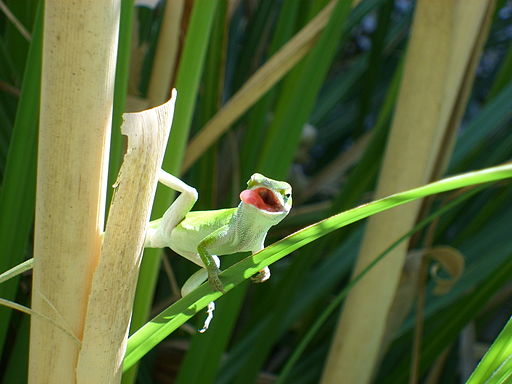
-%C2%A9-Hans-Hillewaert%C2%A0%C2%A0%2C-via-Wikimedia-Commons.jpg)
The green anole is native to Florida and the brown anole is an introduced, non-native species to the area.
The fundamental niches of these two species overlapped and through competition the green anole developed a narrower realized niche. The Resources have been partitioned.
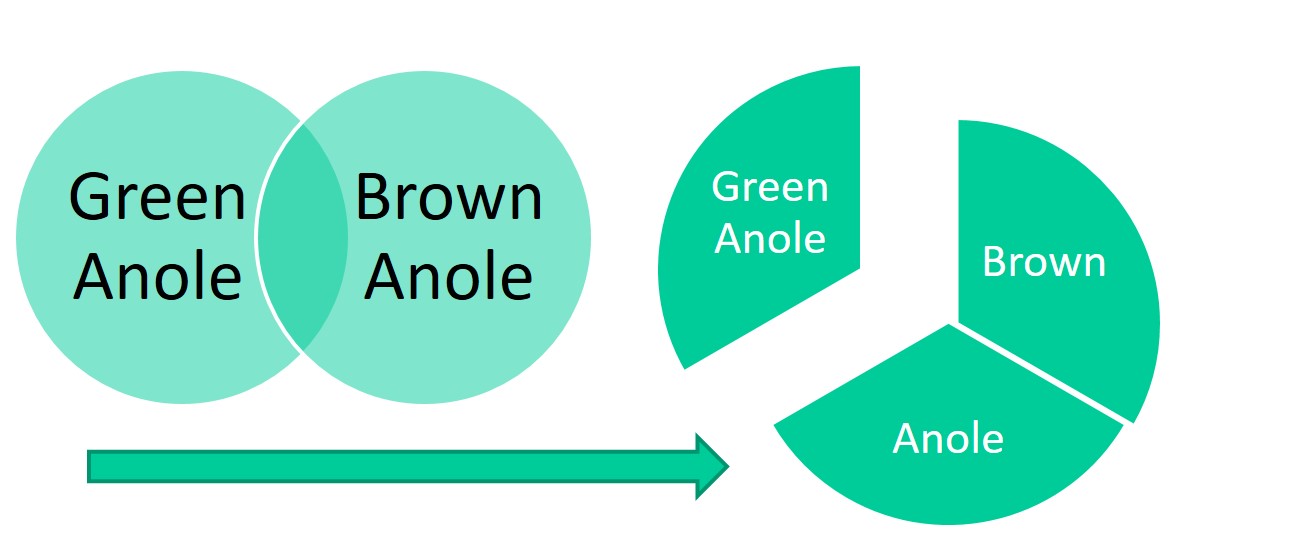
Video 1:Niche Partitioning and Species Coexistence HHMI with Prof. Rob Pringle of Princeton University
Video 2: The Phylogentic Tree of Anole Lizards HHMI with Prof. Sean Carroll and Prof. Jonathan Losos
Student activities
Try these links to learn more about this concept or go to the linked activity 2.1 Fundamental vs Realised Niche Concept
Realized Niche of Cane Toads in Australia
Lecture notes from Montana University with several summarised examples
Resource Partitioning and Why It Matters
Blog post on fundamental and realised niches (helps understanding)
